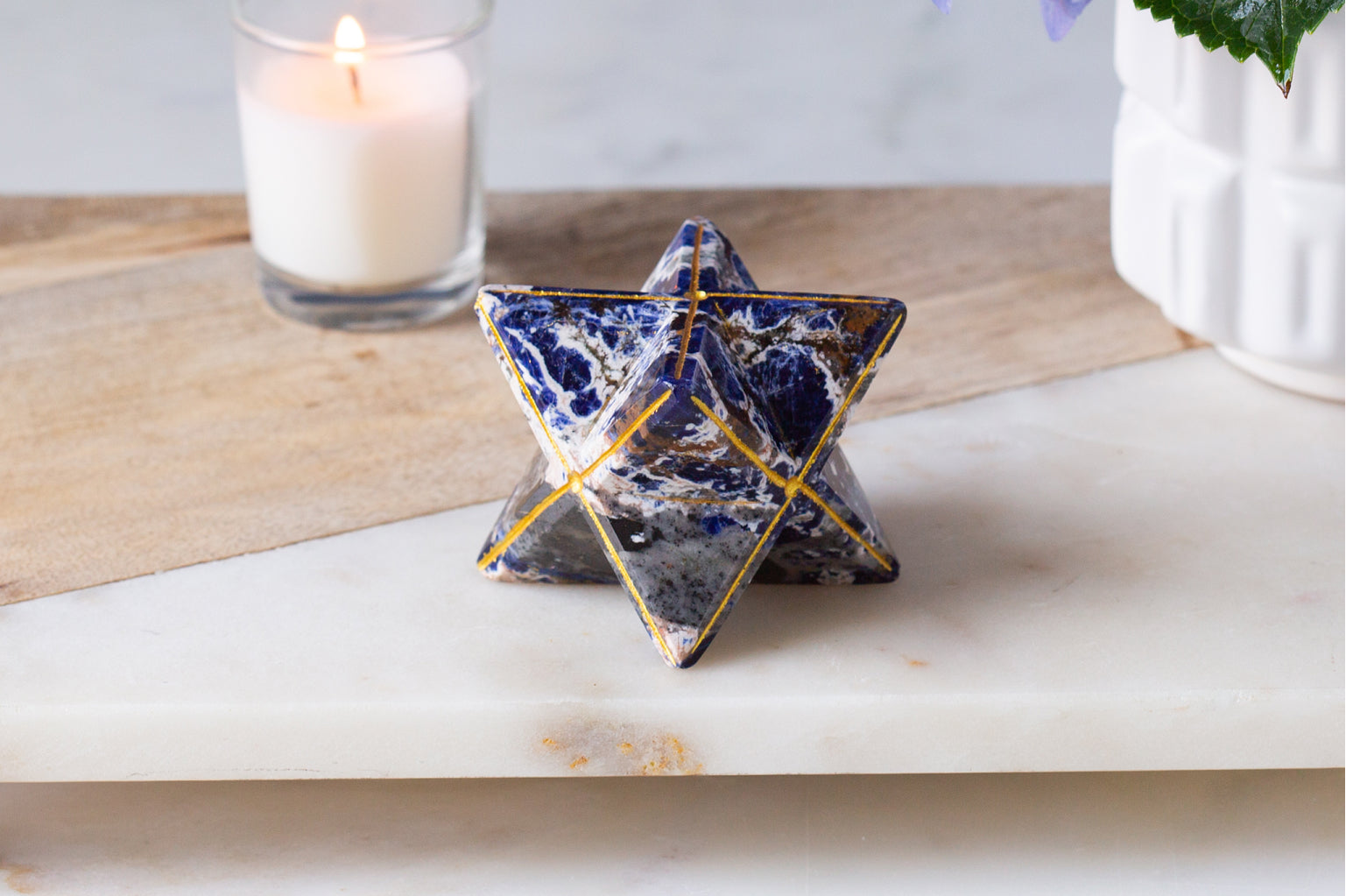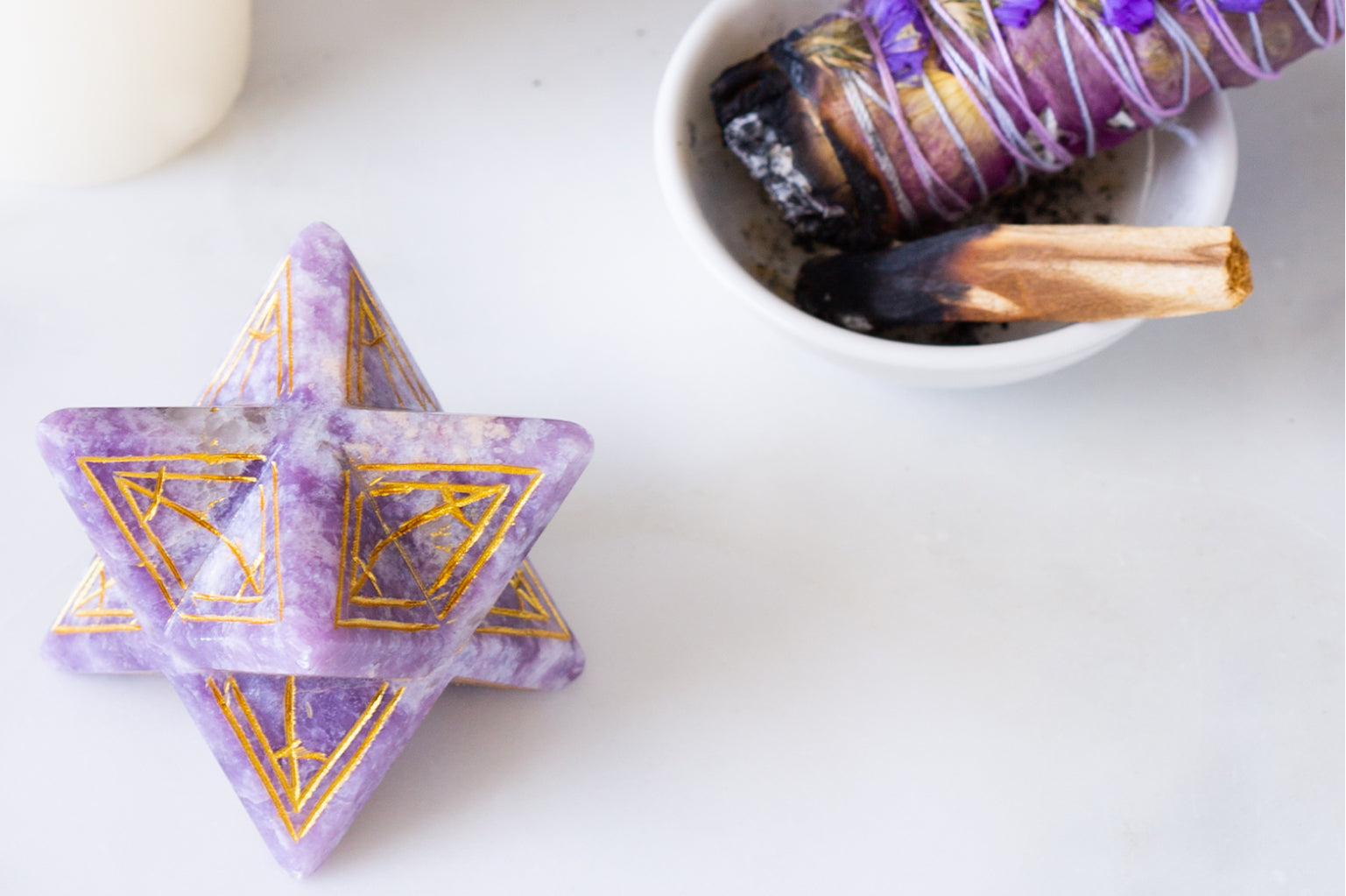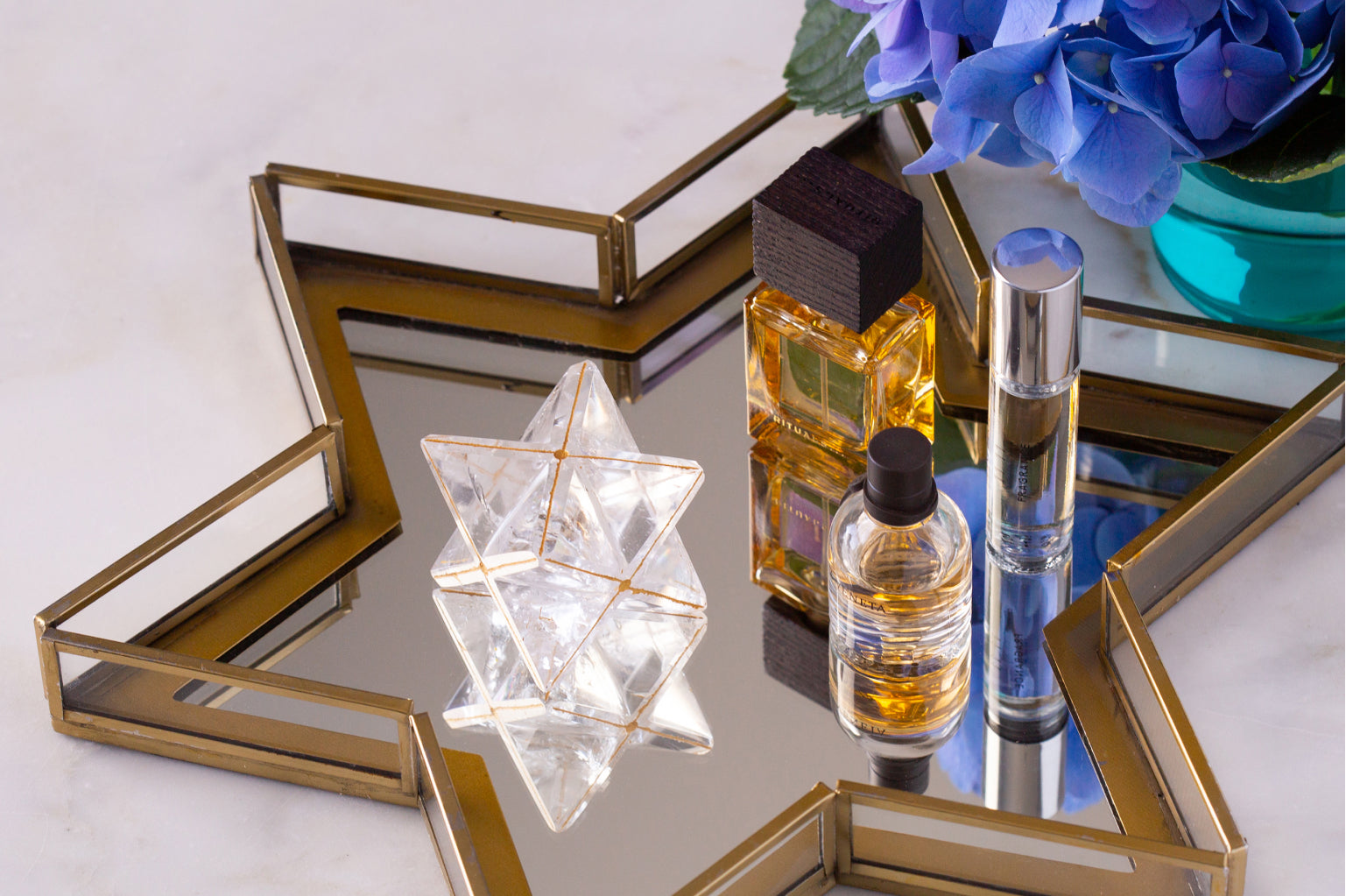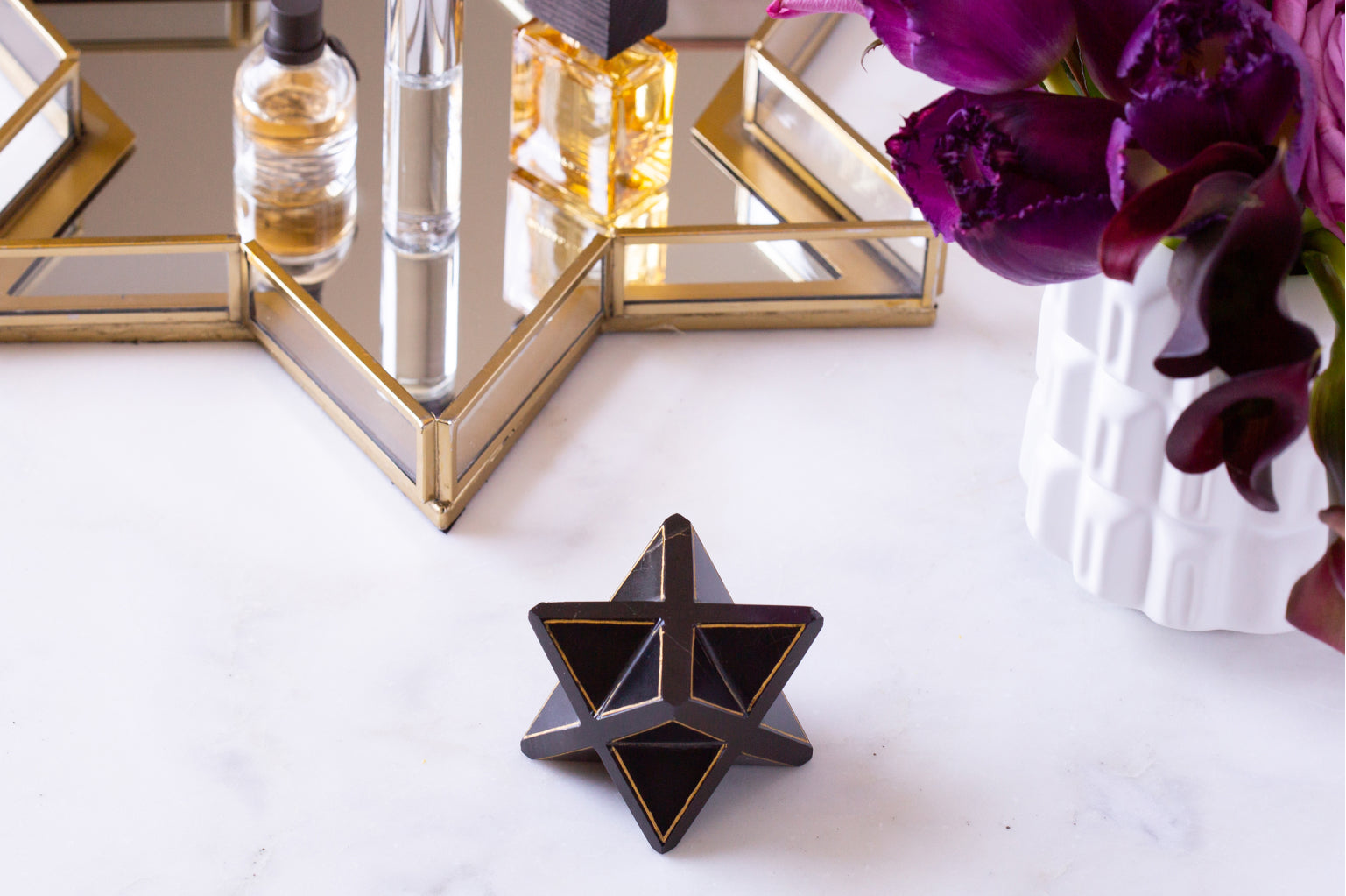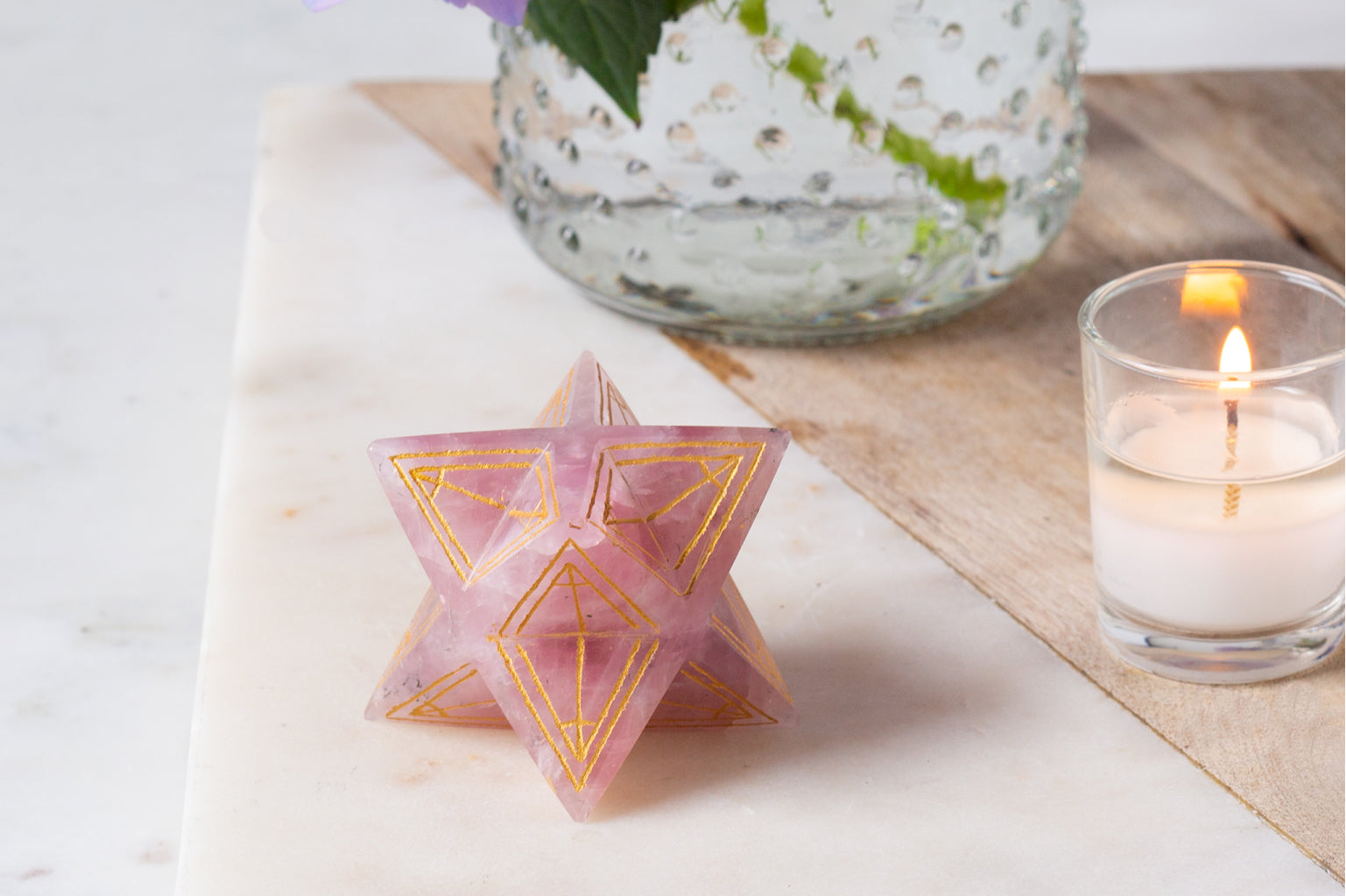Article: Gluten-Free Challah Recipe
Gluten-Free Challah Recipe
Gluten-Free Challah Recipe

In this blog post, we will delve into the history and significance of challah, explore the intersection of feminism and Jewish traditions, and share a delectable gluten-free challah recipe.
Breaking Bread and Breaking Barriers
In the realm of culinary delights, few dishes hold the same significance as challah. For centuries, this braided bread has symbolized sustenance, community, and the divine connection in Jewish culture. Today, we embark on a journey that combines the traditions of challah.
The History and Significance of Challah
To truly appreciate the significance of challah, we must step back in time. This more significant and important bread traces its origins to ancient Jewish customs, where it held a central role in Jewish rituals and observance of the Sabbath.
Challah, with its characteristic braided shape, is steeped in symbolism. It represents the manna that sustained the Israelites during their journey in the desert and serves as a reminder of Divine providence. Moreover, the act of separating and consecrating a portion of the dough, known as "hafrashat challah," is an expression of gratitude and a connection to the divine. We love to use the dough saved from loaves of challah made throughout the year for tashlich, on Rosh Hashanah, when we throw the dough into the water.
Feminism and Jewish Traditions
The feminist movement has had a profound impact on society, challenging long-held norms and advocating for gender equality. Jewish traditions have also evolved over time, adapting to changing social landscapes. The intersection of feminism and Judaism creates a space where empowerment, equality, and inclusivity can flourish.
Challah baking, traditionally performed by women, is a testament to the strength and resilience of Jewish women throughout history. As women reclaim their roles as creators and nurturers in their communities, challah baking becomes an act of self-expression and empowerment.
It provides an opportunity for women to gather, connect, and engage in meaningful conversations about their experiences, dreams, and challenges. In the spirit of feminism, the practice of challah baking becomes a space where women can share their stories and foster a sense of unity and empowerment.
Embracing Gluten-Free Challah
In recent years, gluten-free diets have gained significant popularity, driven by a growing awareness of gluten sensitivities and celiac disease. However, individuals with dietary restrictions often find themselves excluded from traditional foods and cultural practices. It is crucial to ensure that everyone can partake in the joy and significance of challah, regardless of their dietary needs.
Introducing gluten-free challah—a delightful adaptation that maintains the essence and spirit of the original recipe while accommodating those with gluten sensitivities. By substituting traditional wheat flour with a blend of gluten-free alternatives such as almond flour, tapioca starch, and xanthan gum, we unlock a world of possibilities. The gluten-free challah recipe not only caters to dietary needs but also invites individuals to celebrate the tradition in their own unique way.
The Gluten-Free Challah Recipe
Now, let's roll up our sleeves and embark on the journey of baking gluten-free challah. With this recipe, you will be able to create a delicious, tender loaf that rivals its gluten-containing counterpart. Here's what you'll need:
Gluten-Free Challah Ingredients:
2 cups almond flour
1 cup tapioca starch
1/4 cup coconut flour
2 teaspoons xanthan gum
1 teaspoon salt
1 tablespoon active dry yeast
1/4 cup honey
4 large eggs
1/4 cup vegetable oil
1 teaspoon apple cider vinegar
Sesame seeds or poppy seeds for sprinkling (optional)
Gluten-Free Challah Instructions:
- In a large mixing bowl, combine the almond flour, tapioca starch, coconut flour, xanthan gum, and salt. Whisk until well combined.
- In a separate bowl, dissolve the yeast in warm water and let it sit for 5 minutes until foamy.
- Add the honey, eggs, vegetable oil, and apple cider vinegar to the yeast mixture. Whisk until thoroughly combined.
- Gradually pour the wet ingredients into the dry ingredients. Stir well until a sticky dough forms.
- Grease your hands with oil and knead the dough gently for a few minutes until it becomes smooth and elastic.
- Shape the dough into a round ball and place it in a greased bowl. Cover with a clean kitchen towel and let it rise in a warm place for 1-2 hours or until doubled in size.
- Preheat the oven to 350°F (175°C) and line a baking sheet with parchment paper.
- Once the dough has risen, punch it down gently to release the air. Divide it into three equal parts and roll each part into a long rope.
- Lay the three ropes side by side and braid them, tucking the ends under to seal the loaf.
- Transfer the braided challah to the prepared baking sheet. If desired, brush the top with an egg wash and sprinkle sesame seeds or poppy seeds.
- Bake for 30-35 minutes or until the challah is golden brown and sounds hollow when tapped on the bottom.
- Remove from the oven and let it cool on a wire rack before slicing and serving.
The Joy of Sharing
Baking gluten-free challah goes beyond creating a delicious loaf of bread. It is an opportunity to share the experience with others, fostering connections and empowering one another. Gather your loved ones, invite friends, or host a virtual challah baking session. By offering a gluten-free challah recipe, we ensure that no one is left behind in partaking in this timeless tradition. Let us continue to honor the past while embracing change, empowering individuals, and celebrating the modern Jewish lifestyle.
Now, it's time to tie on our aprons, gather our ingredients, and break bread together—unleashing the power of challah and empowering ourselves, one braided loaf at a time.

